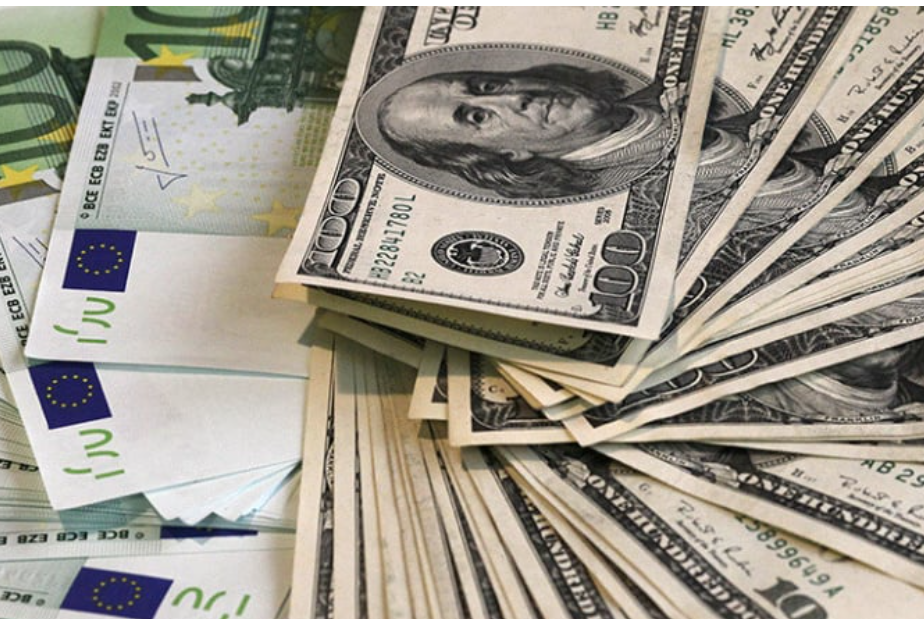Billions of dollars and euros: how sanctions did not stop the flow of currency to Russia
12 August 2024 16:30
Since March 2022, when the United States and the European Union banned the export of their banknotes to Russia, $2.27 billion in dollars and euros have been sent there. Reuters writes about this with reference to customs data, "Komersant Ukrainian" reports
The data, which has not been previously reported, shows that Russia has managed to circumvent sanctions that block cash imports and suggests that dollars and euros remain useful tools for trade and travel, even as Moscow seeks to reduce its dependence on hard currency.
Customs data obtained from a commercial provider that records and collects information shows that cash was transported into Russia from countries including the UAE and Turkey, which have not imposed restrictions on trade with Russia. The country of origin of more than half of the total amount was not specified in the documents.
Customs documents cover the period from March 2022 to December 2023, and Reuters was unable to access more recent data.
Sharp rise in cash imports before Russia’s invasion of Ukraine
Documents show a surge in cash imports just before the invasion. Between November 2021 and February 2022, $18.9 billion worth of dollar and euro banknotes were imported into Russia, compared to only $17 million in the previous four months.

Daniel Pickard, head of the international trade and national security group at the US law firm Buchanan Ingersoll & Rooney, said that the sharp increase in supplies before the invasion indicates that some Russian citizens wanted to protect themselves from possible sanctions.
As a reminder, in December, the US government threatened to penalise financial institutions that help Russia circumvent sanctions and imposed sanctions on companies from third countries in 2023 and 2024.
Russia began calling the dollar and euro “toxic” in 2022 as broad sanctions cut off its access to the global financial system, hindering payments and trade. About $300 billion of the Bank of Russia’s foreign exchange reserves in Europe were frozen.
The Central Bank of Russia quickly restricted cash withdrawals by individuals in foreign currency after the invasion of Ukraine in an attempt to support the weakening of the ruble. According to the data, 98 million in dollar and euro banknotes were taken out of Russia between February 2022 and the end of 2023.
By contrast, the inflow of foreign currency was much higher.
Who imports the most dollars and euros to Russia
The largest single declarant of foreign currency was a little-known company called Aero-Trade, which offers duty-free shopping services at airports and on board aircraft.
During this period, it declared bills worth about $1.5 billion. “Aero-Trade registered 73 consignments of $20 million or euros each, all of which were cleared at Moscow’s Domodedovo airport. In the customs declarations, the cargoes were described as an exchange or income from onboard trade. In most cases, Aero-Trade was listed only as a declarant, i.e. the entity that prepares and submits customs documentation. Reuters was unable to identify Aero-Trade’s customers and could not determine the source or destination of the cash.
More than a quarter of the $2.27 billion in banknoteswas imported by banks, much of it in payment for precious metals.
Several Russian banks received $580 million worth of cash from abroad between March 2022 and December 2023 and exported roughly equivalent amounts of precious metals. According to the data, in many cases, the gold or silver shipments went to companies that supplied banknotes.
Other major importers of cash included companies controlled by Rostec, Russia’s state-owned military-industrial conglomerate, according to the documents .
The Chinese yuan has become the most traded foreign currency in Russia
The Chinese yuan has overtaken the dollar to become the most traded foreign currency in Moscow, although significant payment problems remain.
Dmitry Polyovoy, head of investment banking at Astra Asset Management in Russia, said that many Russians still want to have cash foreign currency, particularly for travelling abroad, as well as for small imports and domestic savings.
According to him, the dollar remains a reliable currency for individuals.









